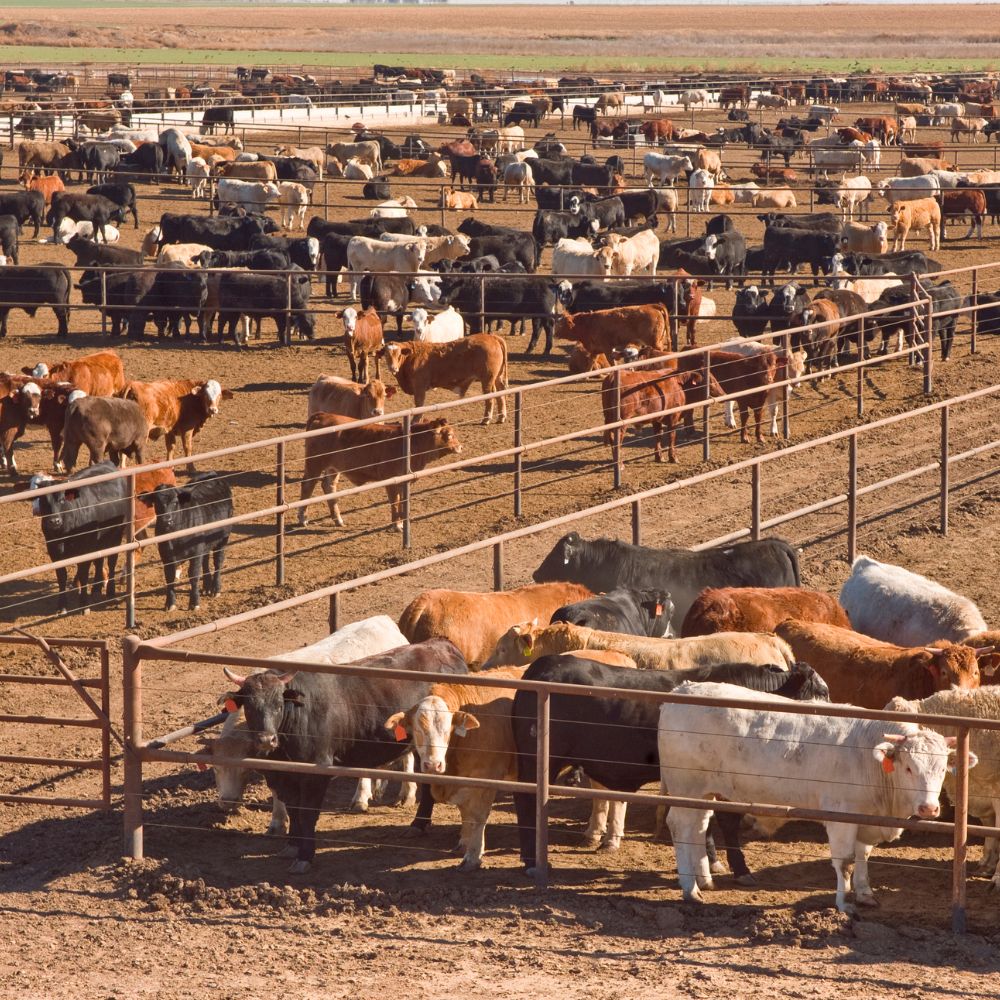Not known Details About Bagley Risk Management
Table of ContentsNot known Facts About Bagley Risk ManagementSee This Report on Bagley Risk ManagementRumored Buzz on Bagley Risk Management3 Easy Facts About Bagley Risk Management DescribedBagley Risk Management Fundamentals ExplainedOur Bagley Risk Management Diaries
When your contract reaches its end day, the last rate is calculated using the CME Feeder Cattle Index. This is based upon sale barns throughout the Midwest (not simply your regional market). If the index falls listed below your agreement's protection cost, you may be paid the distinction. Cost Modification Aspects will use.Livestock Danger Security (LRP) is a USDA subsidized insurance program that assists safeguard manufacturers from the dangers that come from market volatility. With LRP, manufacturers have the ability to insure a flooring cost for their cattle and are paid an indemnity if the market value is less than the insured price.
This item is meant for. Cattle insurance.
Bagley Risk Management Things To Know Before You Get This

In the last pair of months, numerous of us at FVC and PCM have obtained questions from producers on which danger monitoring device, LRP vs. Futures, is much better for a pork producer? Like a lot of tools, the response depends upon your operation's goals and situation. For this version of the Dr.'s Edge, we will take a look at the circumstances that have a tendency to favor the LRP device.
In Mike's evaluation, he compared the LRP calculation versus the future's market close for each day of the previous 20 years! The percentage expressed for every month of the offered year in the first section of the table is the percentage of days because month in which the LRP estimation is less than the futures close or to put it simply, the LRP would possibly compensate more than the futures market - https://codepen.io/bagleyriskmng/pen/yLwEMZY. (What is LRP)
As an example, in January 2021, all the days of that month had LRP possibly paying greater than the futures market. Conversely, in September 2021, all the days of that month had the futures market potentially paying even more than LRP (no days had LRP less than futures close). The tendency that reveals itself from Mike's evaluation is that a SCE of a LRP has a greater chance of paying extra versus futures in the months of December to Might while the futures market has a higher possibility of paying a lot more in the months of June to November.
Unknown Facts About Bagley Risk Management

50 or $5. 00). As an example, in 2019, LRP was far better or within a $1. 25 of the futures market over 90% of the days in all the months except June and August. Table 2 portrays the typical basis of the SCE LRP calculations versus the future's close for the given amount of time per year.
Once again, this information supports much more possibility of an SCE of a LRP being better than futures in December via May for the majority of years. As a typical caution with all analysis, past performance is NO warranty of future efficiency! Also, it is necessary that manufacturers have accounting protocols in area so they recognize their price of production and can better determine when to use danger management devices.
The Best Strategy To Use For Bagley Risk Management
Some on-farm feeders may be pondering the requirement for rate security at this time of year on calf bones retained with the intent to feed them to a surface weight at some time in 2022, using readily available feed resources. In spite of strong fed cattle prices in the present regional market, feed costs and existing feeder calf worths still make for limited feeding margins progressing.
23 per cwt. The present ordinary public auction rate for 500-600 pound steers in Nebraska is $176 per cwt. This recommends a break-even cost of $127. 57 for the 1,400-pound guide in July of 2022. The June and August live livestock agreements on the CME are presently trading for $135. 58 and $134.
Cattle-feeding ventures have a tendency to have limited margins, like several farming enterprises, due to the competitive nature of business. Livestock feeders can bid much more for inputs when fed cattle costs climb. https://experiment.com/users/bagleyriskmng. This raises the rate for feeder cattle, particularly, and somewhat increases the prices for feed and various other inputs
About Bagley Risk Management
Regions far from significant handling centers have a tendency to have an unfavorable basis. It is necessary to note that regional effects additionally affect basis worths for 500-600 extra pound steers in the loss. For instance, Nebraska livestock are close to major processing centers. Consequently, basis declares or zero on fed cattle across much of the state.
Only in 2020 did the LRP protection rate go beyond the finishing value by enough to cover the costs cost. The internet impact of having this LRP protection in 2019-20 was substantial, adding $17.
37 The producer costs decreases at lower coverage levels yet so does the coverage cost. The result is a reduced net result (indemnity costs), as protection level decreases. This mirrors reduced efficient levels of protection. However, due to the fact that manufacturer costs are so low at reduced protection degrees, see this the producer loss ratios (indemnity/premium) boost as the insurance coverage level decreases.
The 30-Second Trick For Bagley Risk Management
In basic, a producer should take a look at LRP coverage as a mechanism to secure result rate and succeeding earnings margins from a threat administration standpoint. Nonetheless, some manufacturers make a situation for insuring at the lower degrees of protection by focusing on the decision as a financial investment in threat administration protection.
